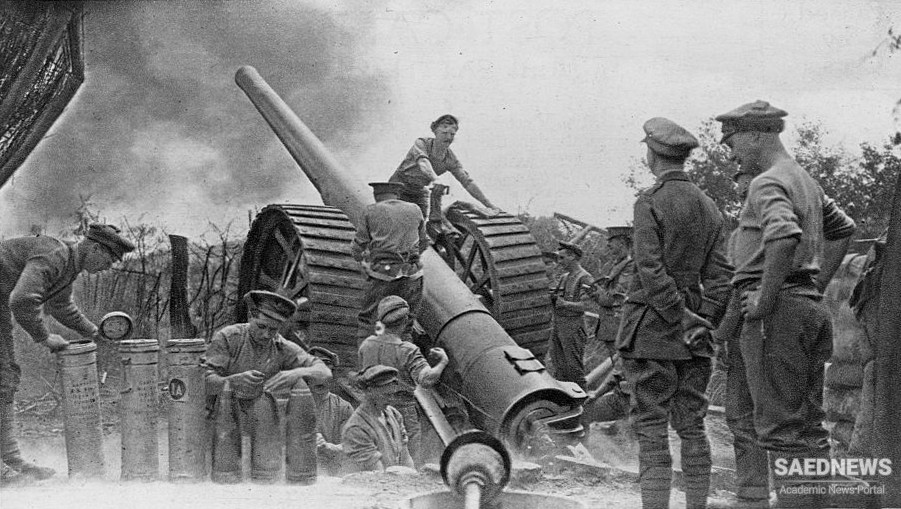Ludendorff did not intend to waste any more German lives. He now planned to stand on the defensive in the west until the U-boat offensive had achieved its expected results. A tour of the Somme battlefields had appalled him. Falkenhayn’s policy had been to hold every inch of ground regardless of cost. As a result, the sufferings of the German troops at Verdun and on the Somme had been at least comparable with those of their attackers. Given that the German front lay deep inside French territory, some elasticity in defence seemed quite justifiable.
Ludendorff therefore ordered a general withdrawal from the projecting salient between Arras and Soissons, abandoning all the Somme battlefields that had been so bitterly defended, to a shorter and well-fortified ‘Hindenburg line’ (the British title) some twenty-five miles in the rear. In the course of this withdrawal German troops trashed or burned all habitations, slaughtered the cattle, and poisoned the wells—activities commonplace enough on the Eastern Front, but only confirming the barbaric image that Germany now presented to the west.
The new defences were laid out on new principles. No longer were troops crammed into front-line trenches to provide easy targets for enemy artillery. Trench lines were replaced by defended zones, based on widely separated machine-gun emplacements in concrete ‘pillboxes’ defended by barbed wire and covered by pre-ranged artillery. The bulk of the infantry was kept back out of range of the enemy guns, ready to counter-attack. Behind these forward zones lay others in sufficient depth to make any breakthrough almost impossible. Not only would such positions require fewer troops to defend them, but enemy artillery fire would fall largely on open ground and only add further obstacles to infantry attack.
The offensive riposte to such defences had already been explored on the Eastern Front the previous year with Brusilov’s offensive: brief but intense artillery barrages in great depth on selected targets, followed by infantry attacks with reserves held well forward to penetrate between enemy strong points and cause confusion in rear areas. The French had also been thinking along similar lines. Their new commander-in-chief, Robert Nivelle, had had some success with them at Verdun, and was anxious to try them out on a larger scale. But what had worked against an Austro-Hungarian army already on the brink of dissolution would not necessarily work against the Germans, and the British were a great deal more cautious.
They had themselves been developing caterpillar-tracked armoured vehicles, ‘tanks’, and had experimented with a few on the Somme; but the early models were so clumsy and mechanically defective that only their most enthusiastic protagonists expected that they could do more than help the infantry break into the enemy first line of defence. British tactical doctrine had been developing along different lines. For the British the ‘queen of the battlefield’ was now the artillery. By 1917 they possessed guns and ammunition that were both reliable and available in sufficient quantities. Improvements in observation, whether from aircraft or by sound ranging or flash sightings, now made possible almost pinpoint accuracy in counter-battery fire.
Improvements in mapping, air photography, and meteorological analysis now enabled gunners to target objectives from map references without losing surprise by firing sighting shots. Instantaneous fuses and gas or smoke shells made possible heavy and lethal barrages that did not make ground impassable to assaulting infantry. Finally, British gunners had perfected the ‘creeping barrage’—an advancing line of gunfire behind whose cover the infantry could assault to within yards of the enemy positions.


 Crisis and the Crippled Army
Crisis and the Crippled Army














































